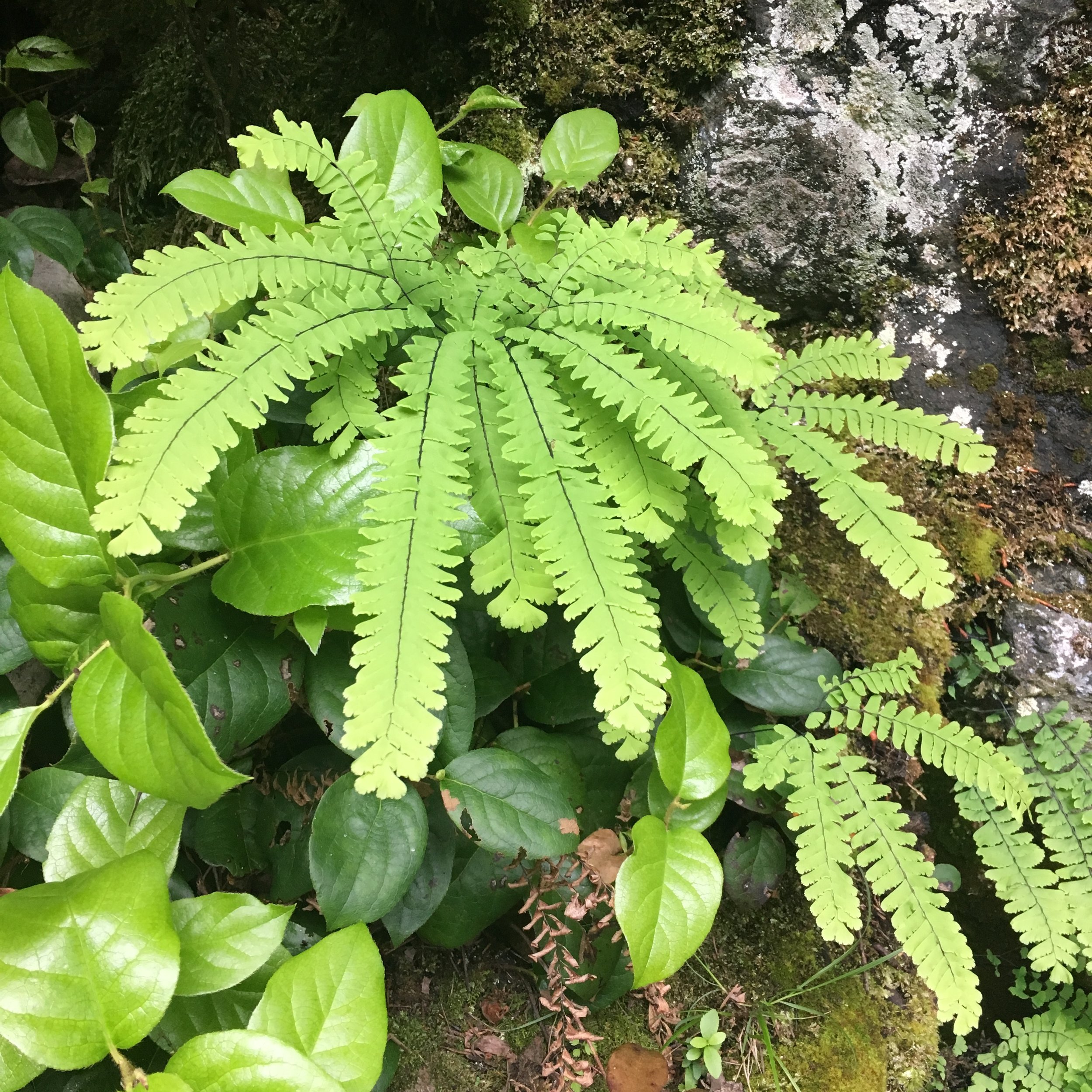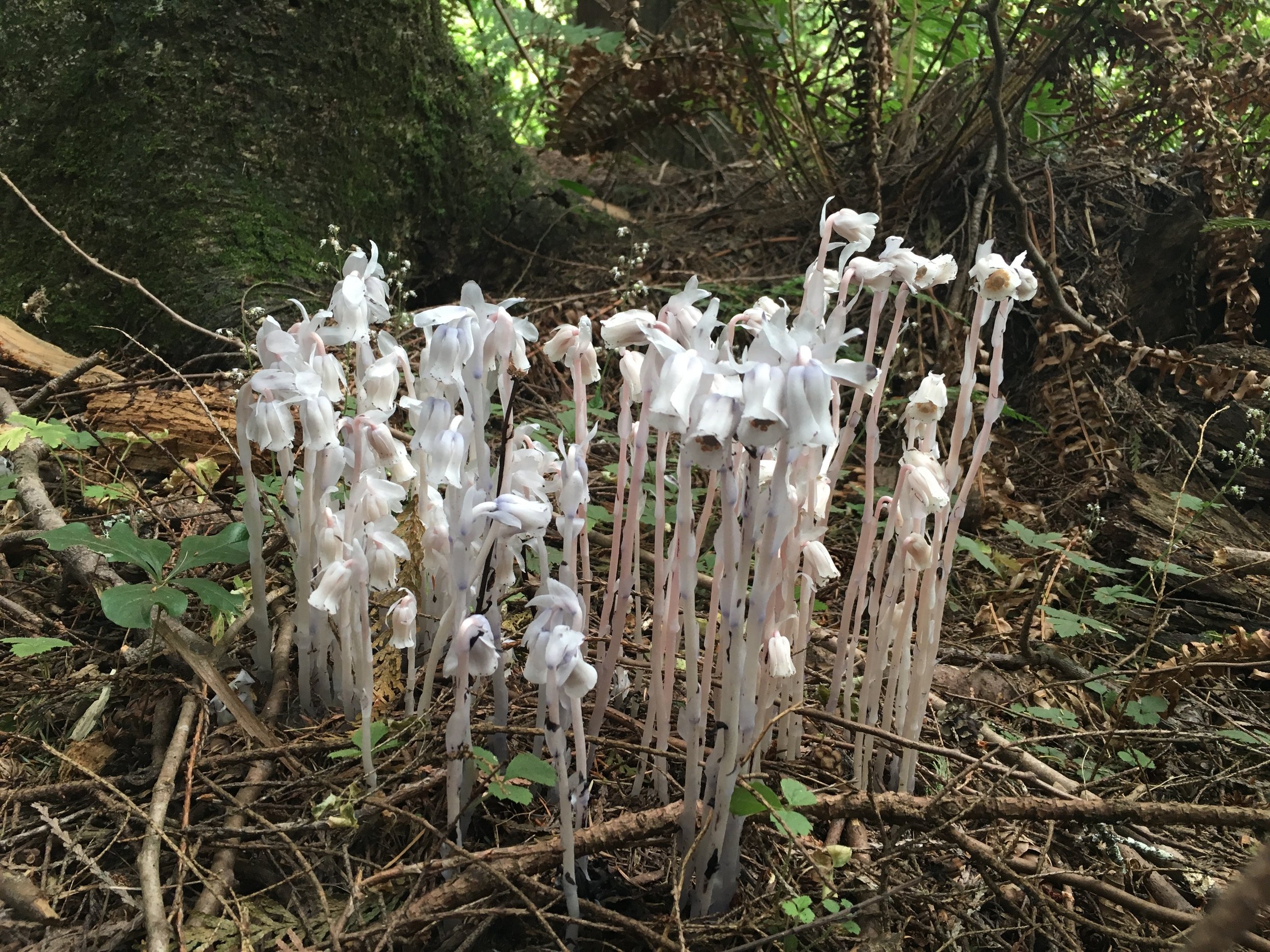Explore the ACFL
The Anacortes Community Forest Lands (ACFL) comprise approximately 2800 acres of forests, meadows, lakes, and wetlands at the heart of Fidalgo Island, entirely within the city limits of Anacortes. The ACFL is owned by the City of Anacortes and is managed by its Parks & Recreation Department. Policy guidance is provided by a five-member Forest Advisory Board whose members are appointed by the Mayor.
More information about the City, the Parks and Recreation Department, and the Advisory Board can be found at www.cityofanacortes.org.
The ACFL is managed for its recreational and conservation value according to the ACFL Management Plan adopted in 1991. The ACFL Management Plan is part of the City’s Comprehensive Plan. Copies of the plan are available from the City of Anacortes Planning Department and at the Anacortes Public Library.
Several large tracts of the ACFL have been gifted to the City over time and are protected in their natural state by deed restrictions placed on the gifts by the donors. Much of the rest of the ACFL was purchased by the City in 1919 from Douglas Allmond’s Washington Power and Light Company. This land was held by the City to protect the local lakes that served as water supplies for Anacortes residents. While the City no longer draws water from ACFL lakes, Whistle Lake remains a backup water source and all the ACFL lakes are managed to preserve their water quality.
The ACFL now includes the land formerly known as Heart Lake State Park.
Members of the Friends of the ACFL and the Washington Native Plant Society have compiled lists of the plants found in the ACFL. Visit our Plants page to learn more about our Forest plants and lichens, and to obtain species lists for the areas you wish to visit.
What’s in one Forest Land acre?
The quick answer is an astounding 8,310 visible plants, many wildlife species, carpets of moss, and masses of fungi, plus perhaps a billion things living underground. To determine just what it is we save when we permanently protect an acre of the Forest Lands, Friends of the Forest made an on-the-ground study of a typical acre (a little larger than a football field) south of Little Cranberry Lake in February 2000.
Producers
We counted a total of 360 standing trees—cedar, hemlock, cascara, Douglas fir, big-leaf maple, holly, and alder. We also found 40 snags and 195 downed logs.
The shrub community consisted of nine species–salal being the most common, but also present were elderberry, salmonberry, red huckleberry, gooseberry, Indian plum, ocean spray, Oregon grape, and honeysuckle. There were 3,520 of these plants in our sample acre.
The herbaceous plants that cover the ground were the most numerous. At the time of our survey, some 4,195 specimens of dewberry, sweet cicely, sticky bed straw, sword fern, and wood fern were visible. By May that number will probably triple with the emergence of nettle, lady fern, bracken fern, calypso orchid, Indian pipe, coral root orchid, star flower, Siberian miner’s lettuce, false Solomon’s seal, and wild lily of the valley.
We found 20 species of mosses and liverworts that cover about 50% of the ground, log, and live-tree surfaces in numbers impossible to count.
Consumers
Since animals don’t stand still to be counted, we can only report on what species might use this acre sometime during the year. Beaver, Douglas squirrel, Townsend chipmunk, white-footed mouse, bush-tailed wood rat, common muskrat, meadow mouse, porcupine, and Oregon black-tailed deer eat the flora. Carnivores could include coyotes, raccoons, skunks, weasels, river otters, garter snakes, alligator lizards, and many amphibians.
As many as 65 bird species may use this acre, depending on the season; some to breed, some to forage, and some to roost. The proximity of the lake and beaver ponds increases the habitat value of this acre.
Decomposers
The trees, shrubs, and ground cover in our typical acre — tons upon tons of woody debris — eventually decompose. Most of this absolutely essential work is performed by fungi. Mushrooms are only the visible fruit of the larger, hidden fungus body, which consists of a network of tiny, hair-like tubes called hyphae that fill all soil and rotting wood in the forest. Where one body begins and another ends is nearly impossible to detect. Many more species of fungi, including lichens, live in our acre than do all other kinds of plants.
Fungi’s cleanup work is assisted by microorganisms such as protozoa, bacteria, and tiny invertebrate animals, insects, crustaceans, spiders, mites, visible earthworms, and invisible nematodes—perhaps a billion in our acre.





